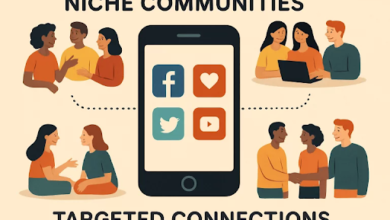
Radio drift through the frequency 6623462844 exemplifies the complex interactions between technology and cultural expression. This phenomenon illustrates how radio signals not only transmit information but also embody the varied experiences of diverse communities. As these signals navigate through different mediums, the potential for interference poses significant challenges. Understanding these dynamics is crucial in assessing the future landscape of communication and its implications on societal connectivity. What solutions may emerge to address these challenges?
The Science of Radio Waves
Radio waves represent a segment of the electromagnetic spectrum characterized by their long wavelengths, typically ranging from one millimeter to several kilometers.
Their unique properties facilitate wave propagation through various mediums, allowing for effective communication.
However, factors such as signal interference can disrupt the clarity and integrity of transmitted information, posing challenges to the efficient utilization of radio technology in diverse applications.
Historical Significance of Radio Technology
The advent of radio technology marked a revolutionary shift in communication methods, fundamentally altering societal dynamics and information dissemination.
This radio evolution introduced significant technological milestones, enabling real-time information exchange and connecting distant populations.
The implications extended beyond mere communication, fostering political engagement and cultural exchange while enhancing individual freedom through access to diverse information sources, thus reshaping the framework of modern society.
Cultural Implications of Radio Drift
While the evolution of radio technology has significantly transformed communication, its cultural implications extend far beyond the realm of information exchange.
Radio drift shapes auditory landscapes, influencing societal narratives and fostering cultural resonance. As diverse voices merge within this medium, listeners experience a rich tapestry of perspectives, enabling them to navigate the complexities of identity and community in an increasingly interconnected world.
The Future of Communication in a Digital Age
As communication technologies continue to evolve, the digital age presents both unprecedented opportunities and challenges for interpersonal and mass communication.
The rise of digital connectivity fosters an environment ripe for innovation, yet it simultaneously raises concerns regarding privacy and information overload.
Understanding this communication evolution is essential to navigate its complexities, ensuring that freedom of expression and effective dialogue can thrive in an increasingly interconnected world.
Conclusion
In conclusion, the exploration of radio drift through the frequency 6623462844 underscores the profound connection between technology and culture. As radio waves weave through the fabric of society, they carry not just information, but the heartbeat of diverse communities. Yet, the challenge of signal interference looms like a shadow, threatening the clarity of these voices. As we navigate the future of communication, it is imperative to safeguard this resonance, ensuring that every narrative finds its rightful place in the auditory landscape.




